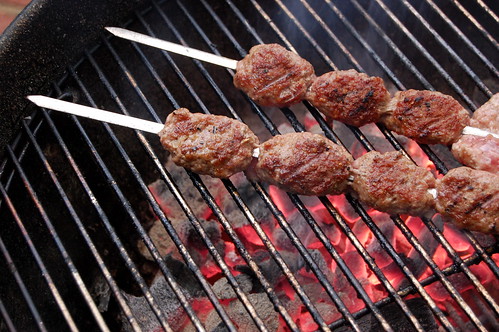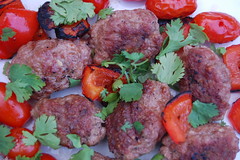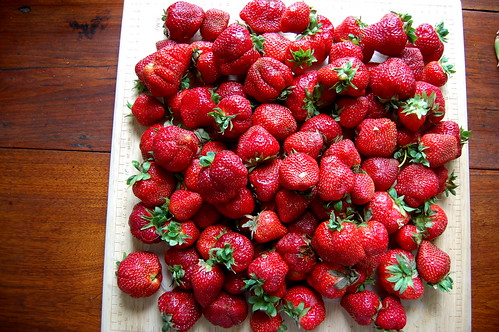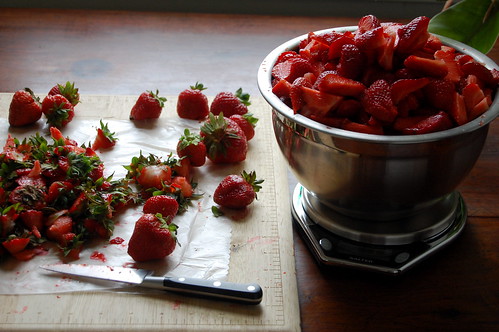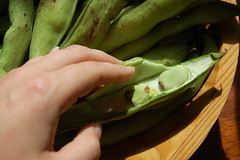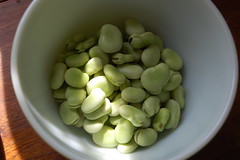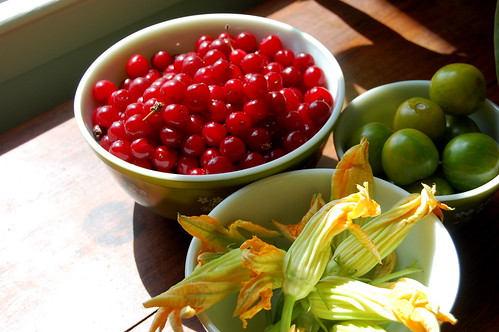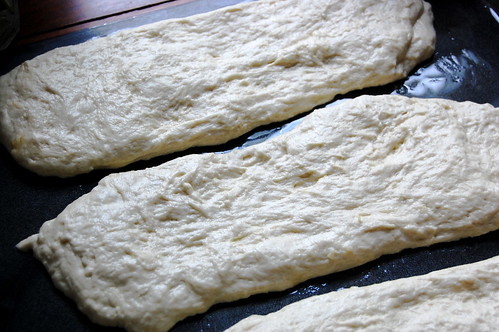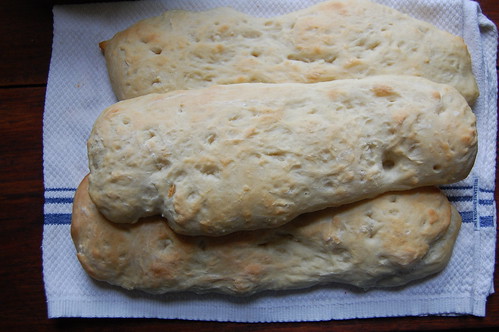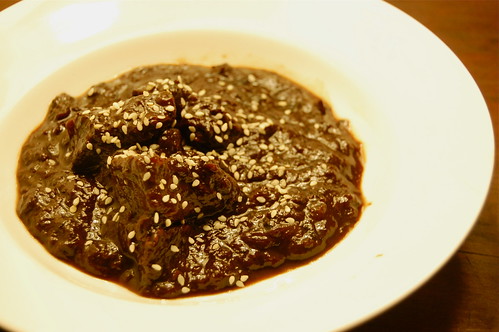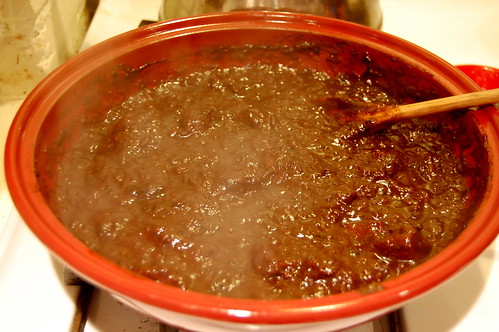
The title of this post should really be, "the easiest thing you will make all summer." Because it is. I have a thing for frozen yogurt, I always have. It's cold, it's tangy, it's light, and it satisfies my continual obsession with ice cream. The proliferation of frozen yogurt places in the U.S. (Sweetgreen, Yogenfruz, Pinkberry, etc) is great in my book because the frozen yogurt is tart and tangy and not overly sweet. There is one such place between my house and my yoga studio, and it taunts me every time I walk past, trudging home sweaty and tired. I have a rule limiting myself to one visit per week.
A few weeks ago I made the vanilla ice cream from David Leibovitz's ice cream book. (PS- For ice cream makers, this is the best ice cream recipe, and it even stays perfectly in the fridge for weeks without getting icy or anything, virtually unheard of in the land of homemade ice cream). Anyway, as I'm flipping though the book I alight (alighted? alot? ugh, you know what I mean) upon a recipe for tangy frozen yogurt. The recipe said stir together yogurt and sugar, process though ice cream machine.
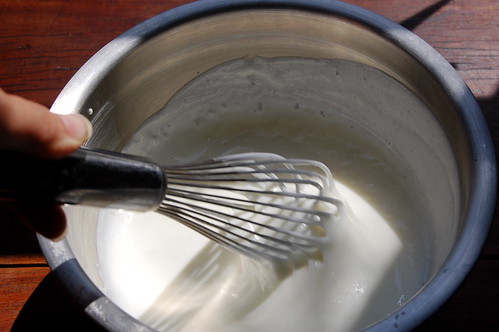
With some amount of skepticism as to the simplicity of this endeavor, I whipped up a batch. The unfrozen mixture tasted exactly as delicious as I'd hoped it would. Surely, I thought, it couldn't be this easy? But it was, delicious, homemade frozen yogurt in literally a matter of minutes. My only qualm is that it does get rock hard and icy in the freezer after a few days, which is good news for my local frozen yogurt shop, because I'll still be keeping them in business.
P.S. Ramadan Kareem to all those observing!

Frozen Yogurt
It's optional if you want to add a splash of vanilla extract or other flavoring (Cointreau, orange flower water, almond extract, etc). I used good quality low-fat local yogurt for this. You can make a richer version by using thick Greek yogurt, but really whatever kind of yogurt you'd like, so long as it's plain, will work.
3 cups plain yogurt, cold
3/4 cup sugar
1. Stir together yogurt and sugar. Process through an ice cream maker according to the manufacturer's instructions. Transfer to the freezer to harden for about 1 hour. Best served fresh.
Sour Cherry Compote
1 1/2 cups pitted sour cherries
1/2 cup sugar
1/4 cup water
1. Combine in a saucepan. Boil until mixture is thick and syrupy and cherries have collapsed. Set aside to cool.

